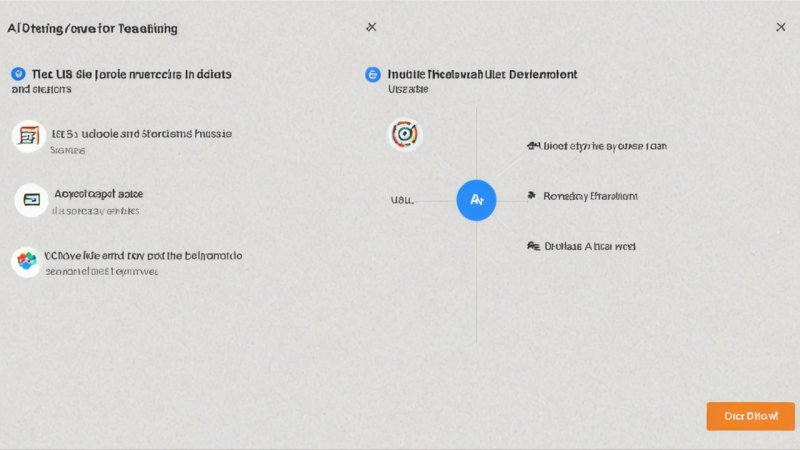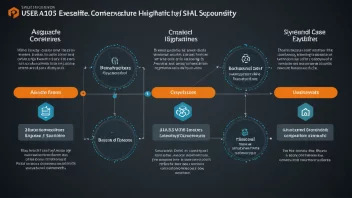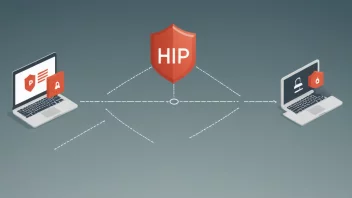A/B testing, also known as split testing, is a powerful method in software development that enables teams to compare two versions of a web page, app, or other products to determine which performs better in terms of user experience (UX). By systematically testing variations, developers can make data-driven decisions that lead to improved satisfaction and engagement from users.
The core principle of A/B testing lies in its simplicity: it involves showing two variants (A and B) to different segments of users at the same time. This allows developers to gather quantitative data on user interactions, such as click-through rates, conversion rates, and time spent on the page. With the insights gained from the tests, teams can refine their products to better meet user needs.
One of the key advantages of A/B testing in software development is that it reduces guesswork. Instead of relying on assumptions about user preferences, developers can utilize statistical analysis to identify which elements resonate with users. For instance, a software team might test two different call-to-action buttons to see which one results in more downloads. By analyzing the results, they can select the most effective option and implement it site-wide.
Moreover, A/B testing can be applied to various aspects of software, from UI design elements like colors and fonts to content variations such as headlines and images. This versatility makes it an invaluable tool for enhancing all facets of the user experience. For example, a case study involving a popular e-commerce platform revealed that changing the placement of the checkout button led to a significant increase in completed transactions, showcasing how even small adjustments can have a substantial impact.
Implementing A/B testing in software development requires a well-defined hypothesis. Teams must clearly articulate what they are testing and what metrics will determine success. Additionally, it’s essential to ensure that sample sizes are adequate to achieve statistically significant results. Tools such as Google Optimize, Optimizely, and VWO offer robust platforms to facilitate A/B testing, allowing teams to set up experiments with ease.
However, it is important to approach A/B testing with caution. Over-testing can lead to 'analysis paralysis,' where teams become overwhelmed by data and indecision. Therefore, it is crucial to prioritize tests based on user feedback and project goals. Moreover, results should be interpreted carefully, as external factors can sometimes influence user behavior unexpectedly.
In conclusion, A/B testing serves as a cornerstone of effective software development, enabling teams to enhance UX through informed decision-making. By leveraging data to refine products, developers can create interfaces that resonate with users and drive engagement. As the digital landscape continues to evolve, adopting A/B testing will be essential for any team looking to stay competitive and responsive to user needs.






